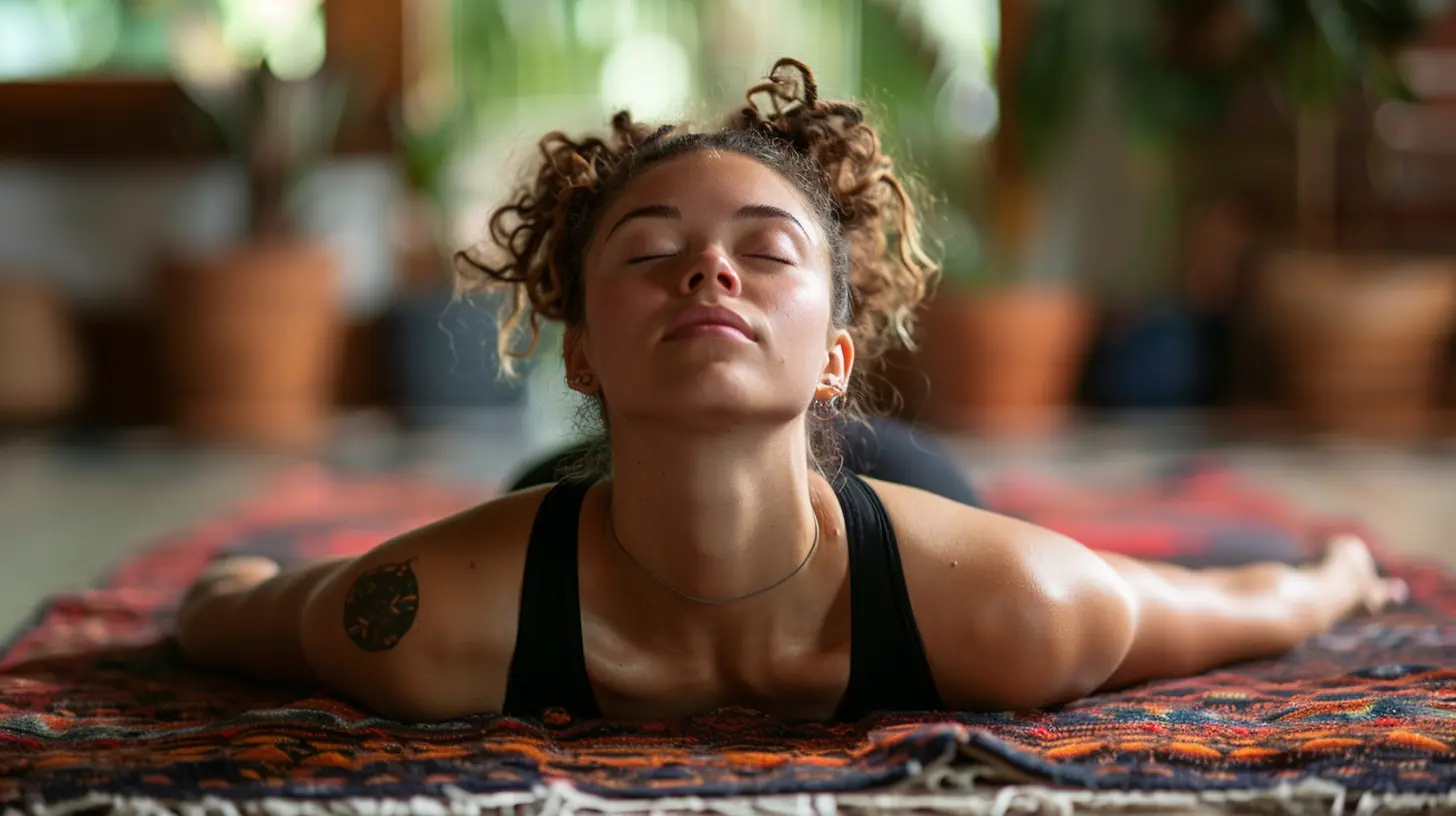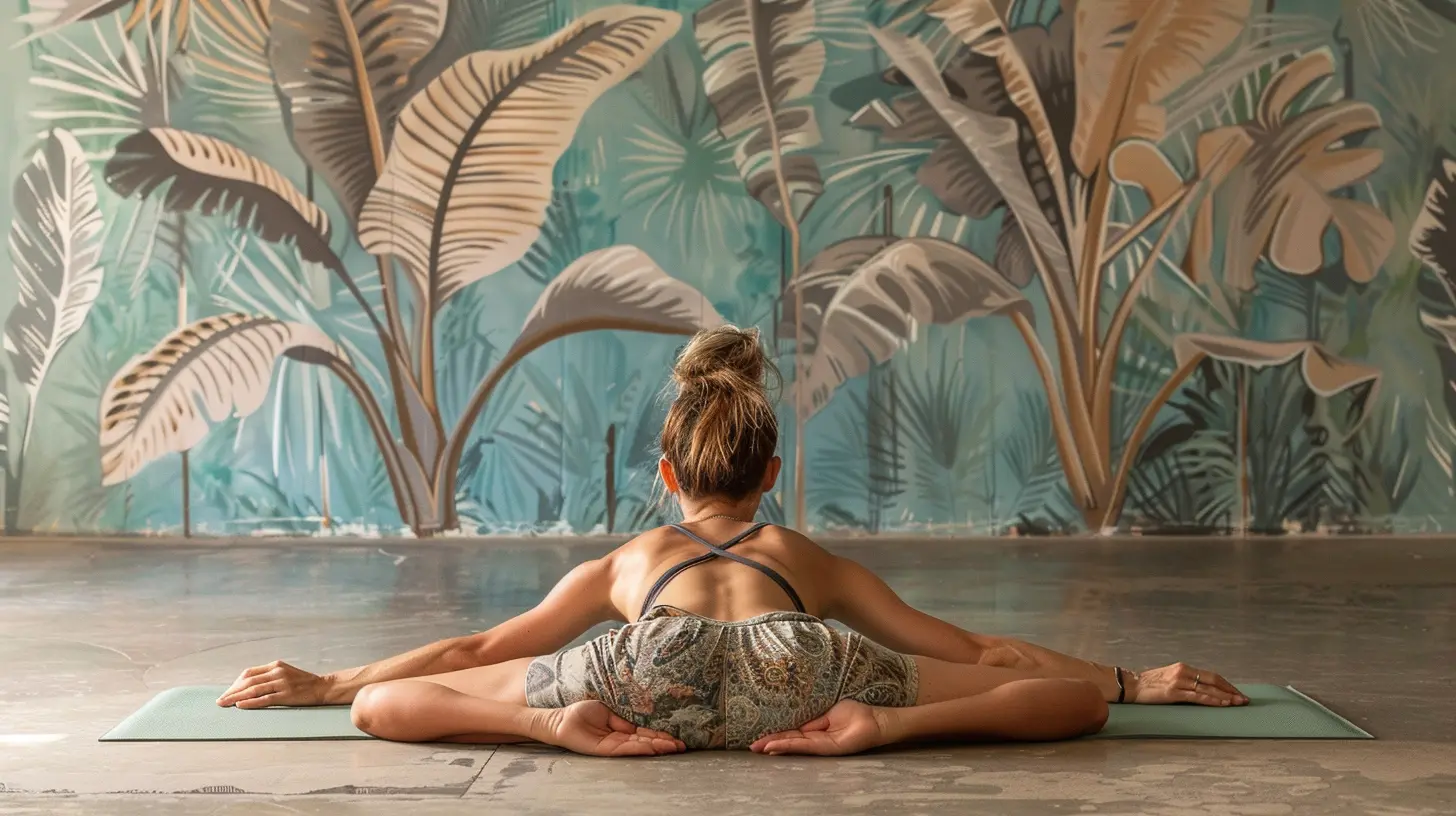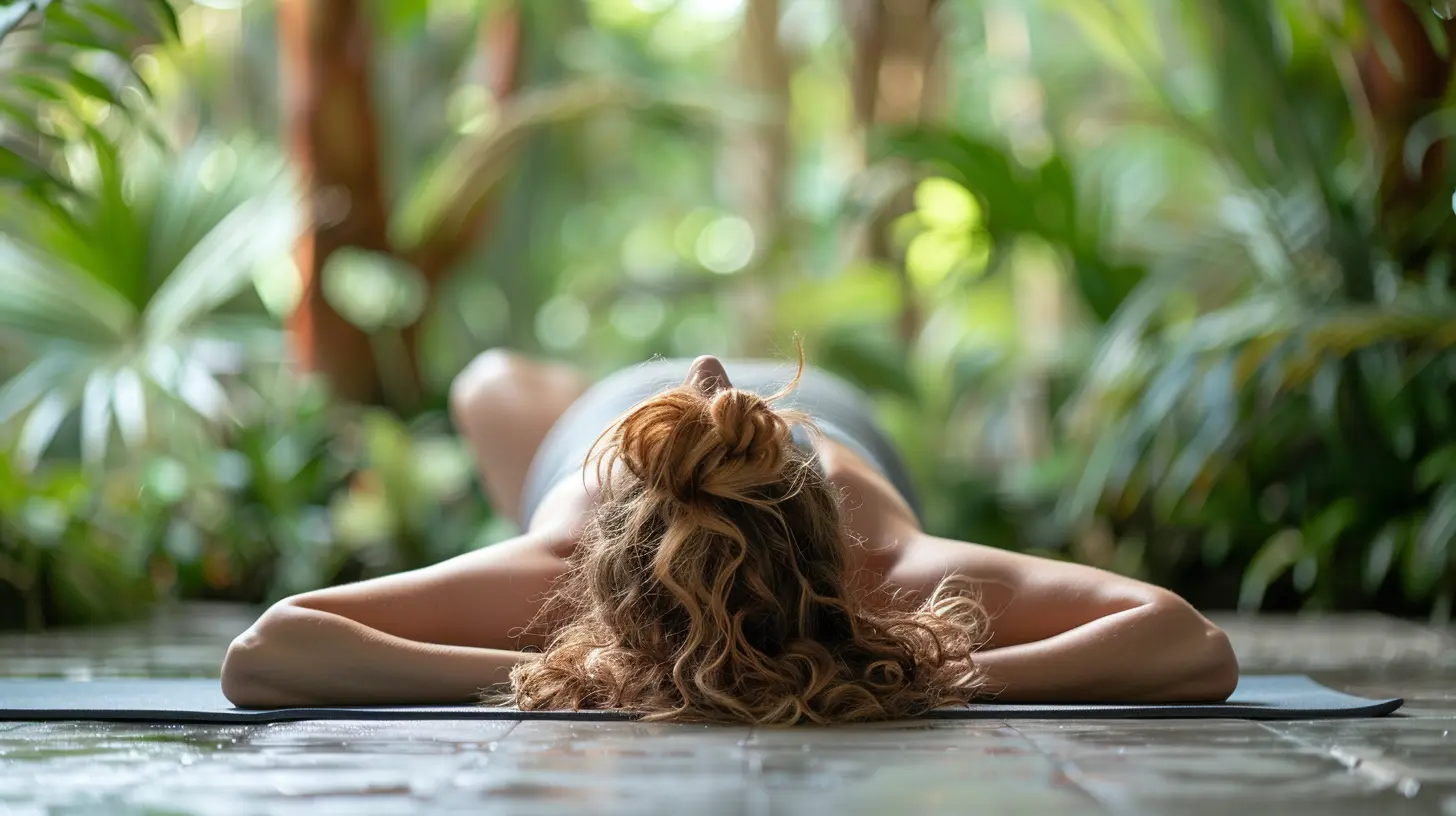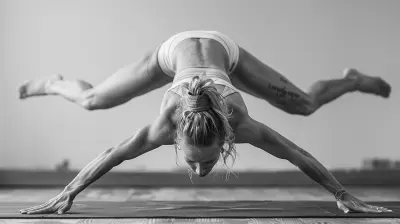Restorative Yoga: How to Recharge and Rejuvenate
7 October 2025
Feeling drained? Mentally foggy? Like your body's battery icon is flashing red? Let’s talk about a game-changer: restorative yoga. You might think yoga is just about nailing those Instagram-worthy poses or sweating buckets in hot studios, but restorative yoga is a whole different vibe. Think more “cozy nap with benefits” than “fitness challenge of the day.”
This gentle, slow-paced practice isn’t just some wellness trend—it’s a deeply therapeutic tool for resetting your system, physically and mentally. So if your mind is racing or your body's tired from pushing the limits—whether on the field, in the gym, or from the grind of daily life—restorative yoga might be just the thing you didn’t know you desperately needed.
Let’s unwrap what restorative yoga is all about, how it works, and why it should be part of your regular self-care routine—especially if you’re into sports or fitness.
What Is Restorative Yoga Anyway?
Restorative yoga is like hitting the pause button for your soul. Unlike vinyasa or power yoga, which get your heart pumping, restorative yoga is all about chilling out—on purpose, with intention.Picture this: you’re lying on your back, legs elevated on a bolster, eyes closed, wrapped in a blanket. Maybe there’s calming music in the background or the faint scent of lavender in the air. And you stay there—in that one pose—for 5, 10, or even 20 minutes. Sounds dreamy, right?
But it’s not just about lying down. These poses are designed to calm your nervous system, improve circulation, reduce muscle tension, and gently bring your body back into balance. It's like downtime for your inner athlete.
The Science Behind the Calm
So why does restorative yoga work so well? It’s all about the nervous system. When you're constantly on-the-go (hello, sports practice, morning runs, work deadlines), your body is in sympathetic mode—the survival mode where cortisol levels are high, muscles are tense, and your rest-digest system is basically offline.Restorative yoga flips the switch. It activates the parasympathetic nervous system—your "rest and digest" state. In other words, it tells your brain, “Hey, it’s safe now. You can relax.”
Here's how it helps:
- Lowers stress hormones like cortisol and adrenaline
- Slows your heart rate
- Lowers blood pressure
- Improves digestion and immune response
- Enhances recovery by accelerating cellular repair
It's not magic—it's biology. You're not just feeling better… you are better.
How Restorative Yoga Supports Athletes and Active Folks
You might be asking, “But I already stretch after my workouts. Isn’t that enough?” Nope. Regular stretching is great, sure. But restorative yoga goes way beyond flexibility.Here are a few key benefits specifically for athletes and fitness enthusiasts:
1. Speeds Up Muscle Recovery
After intense training or game days, your muscles are literally torn up (in a good way). To rebuild stronger, your body needs quality rest. Restorative yoga supports that by improving circulation, helping your muscles get the oxygen and nutrients they need to repair.2. Reduces Risk of Injury
When you’re tight and tired, you're more likely to move poorly or compensate with bad mechanics. Slow, passive poses improve joint mobility and muscle awareness, helping you move better and safer.3. Enhances Mental Focus and Clarity
Sports are as much mental as physical. Restorative yoga teaches mindfulness, breath control, and patience—all things that improve focus during a match, race, or workout.4. Balances Out Overtraining
Restorative yoga helps offset the intense “yang” energy of weightlifting, sprinting, or HIIT. It brings in the calming “yin” energy that promotes balance, grounding, and emotional wellbeing.
Must-Try Restorative Yoga Poses
Ready to give it a shot? You don’t need to be bendy or spiritual or even “good at yoga” to benefit. Here are a few beginner-friendly poses you can try at home:1. Supported Child's Pose (Balasana)
Knees wide, big toes touching, torso rests on a bolster or stacked blankets. Forehead on the mat. Deep breathing.> Good for: Lower back tension, calming the mind, hip opening.
2. Legs-Up-The-Wall (Viparita Karani)
Lie on your back with your legs extended up along a wall. Let your arms rest at your sides or on your belly.> Good for: Tired legs, lymphatic drainage, easing anxiety.
3. Reclining Bound Angle Pose (Supta Baddha Konasana)
Lie on your back, bring the soles of your feet together, let knees open wide. Place blocks or pillows under your knees and a bolster along your spine.> Good for: Opening the chest and hips, deep relaxation.
4. Supported Savasana (Corpse Pose)
Lie completely flat with a bolster under your knees and a blanket on top. Eyes closed, hands open by your side.> Good for: Full-body integration, ultimate rest. Honestly, this one's the MVP.
Hold each pose for 5–15 minutes. The key is letting gravity do the work. No pushing. No stretching. Just being.
Tips for Getting the Most Out of Restorative Yoga
Alright, now that you know the poses, let’s talk logistics. To truly recharge and rejuvenate, you’ve gotta set the mood. Here’s how to turn your space into a mini relaxation station:- Use props. Bolsters, blankets, eye masks—even couch cushions work. The more supported you feel, the deeper you rest.
- Dim the lights. Your brain associates low light with relaxation.
- Play calming music or nature sounds. Or try white noise. It helps quiet that inner monologue.
- Set a timer. No need to watch the clock. Let technology do it for you.
- Stay warm. Your body temp drops when you relax deeply, so grab a cozy throw.
And most importantly, be patient. If your mind starts racing or you feel “bored,” that’s normal. Stillness is a skill, and like any training, it takes practice.
How Often Should You Do Restorative Yoga?
There’s no one-size-fits-all answer, but here’s a general rule: the more stressed or active you are, the more you need it.- After tough workouts? A 20–30 minute session can enhance recovery.
- On rest days? Wind down with a full 60-minute restorative class.
- Before bed? A couple of gentle poses can help you sleep better.
Even 10 minutes can make a difference. The secret sauce is consistency over intensity.
Mental Health Benefits That Are Honestly Underrated
Here’s the deal—restorative yoga doesn’t just work on the body. It works on your whole self. If you're dealing with anxiety, burnout, or even low-grade depression, this practice is like a gentle hand guiding you back to center.It helps you:
- Practice self-compassion (something we athletes can forget about)
- Release emotional tension held in the body
- Build resilience through stillness
- Create healthy sleep routines
It’s the mental tune-up you didn’t even know you needed.
Restorative Yoga vs. Other Recovery Methods
Let’s break it down real quick. How does restorative yoga stack up against other popular recovery tools?| Recovery Method | Pros | Cons |
|-------------------------|----------------------------------------|----------------------------------|
| Foam Rolling | Great for muscle release | Can be painful, takes effort |
| Ice Baths | Reduces inflammation fast | Intense & uncomfortable |
| Compression Gear | Enhances circulation | Passive, can feel tight |
| Restorative Yoga | Mind + body benefits, zero pain | Requires time + mental presence |
Each tool has its place, but restorative yoga stands out by targeting both physical and mental recovery. That’s a double win.
Final Thoughts: Let Your Body Really Rest
Let’s face it—we live in a culture obsessed with doing more, going faster, and pushing harder. But growth isn’t just about hustle. It’s also about healing. And that's exactly where restorative yoga comes in.It’s not lazy. It’s not a waste of time. It’s a necessary recharge for the system that does everything for you—your body and mind.
So give yourself permission to slow down. Plug your body into this natural charger. And when you rise up from that final pose, you’ll feel like someone hit your internal refresh button.
Trust me, your future self (and your muscles) will thank you.
all images in this post were generated using AI tools
Category:
YogaAuthor:

Ruben McCloud
Discussion
rate this article
1 comments
Melina Hamilton
Restorative yoga offers a valuable approach to physical and mental recovery for athletes. By focusing on deep relaxation and gentle stretching, practitioners can effectively recharge their bodies and minds, enhancing overall performance while reducing stress and the risk of injury.
October 22, 2025 at 2:30 AM

Ruben McCloud
Thank you for your insightful comment! I completely agree that restorative yoga is a powerful tool for athletes, promoting recovery and overall well-being.


